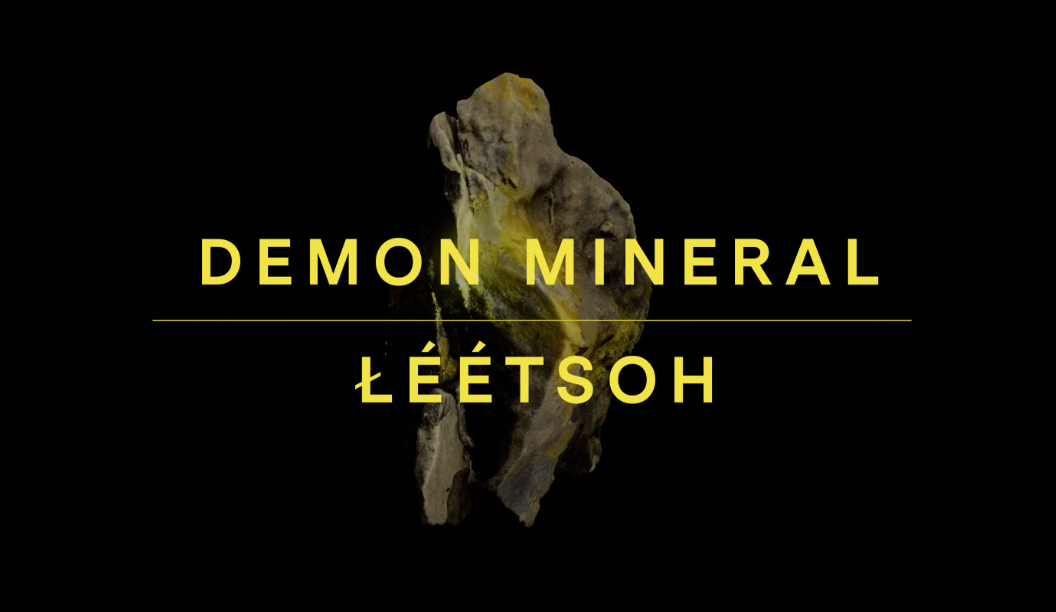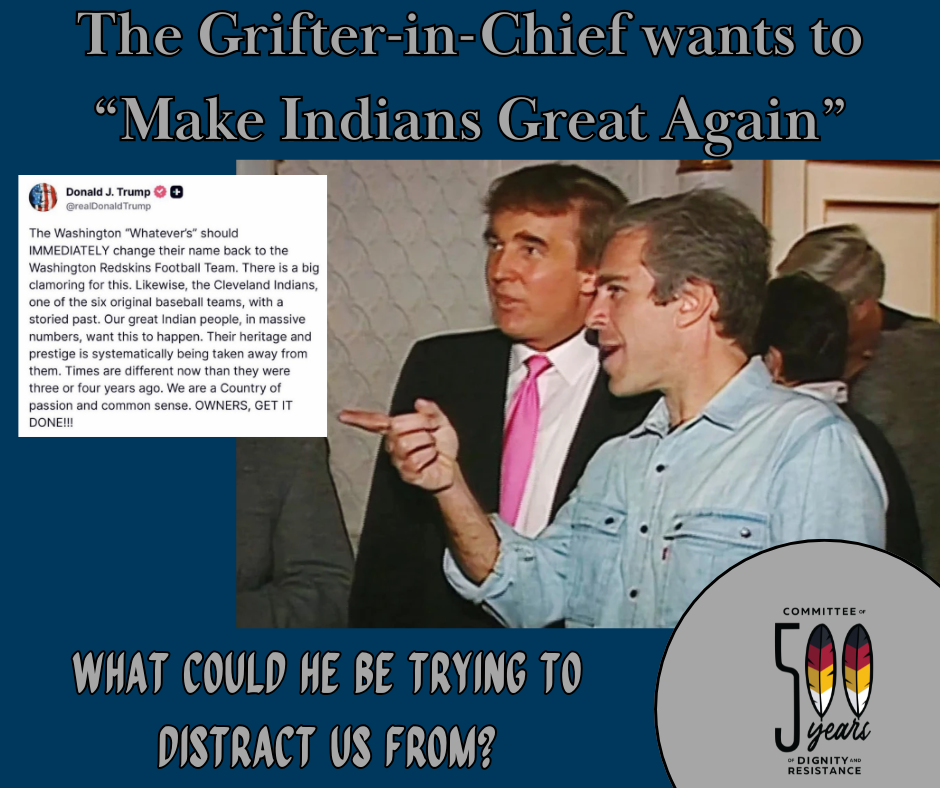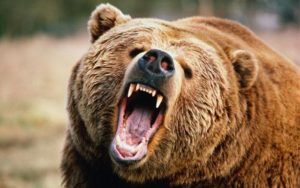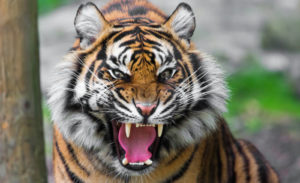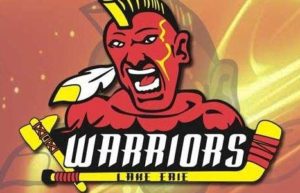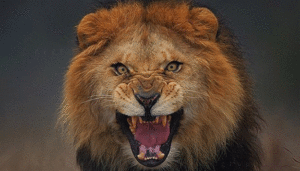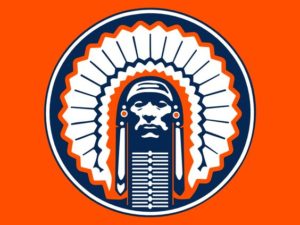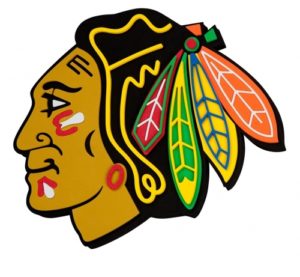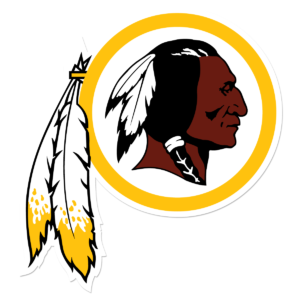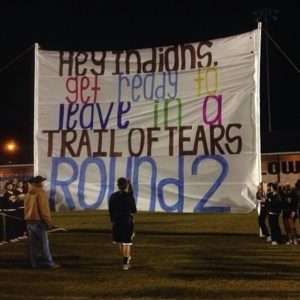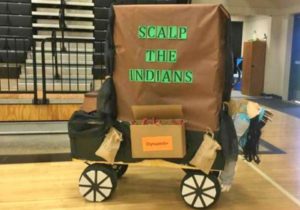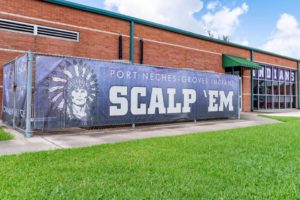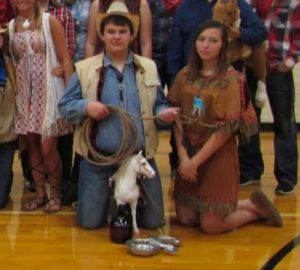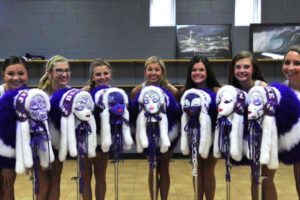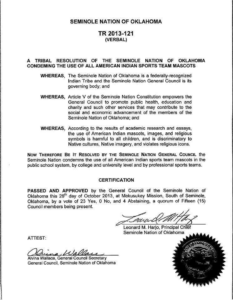It’s always been a little on the nose to have Native American Heritage Month be the same one with the holiday that focuses on a holiday that Indigenous people have a particularly troubling history with: Thanksgiving. It’s the one month a year when non-Natives tend to remember we exist, and when all the kind settler institutions and organizations (governmental, historic, cultural, and beyond) suddenly want to hear our voices. And every year, Native orgs are made to spend some of this time to provide an obligatory statement on the history and heritage of Thanksgiving. So here is ours:

The Myth
If you have been not paying attention for the last 40 or so years, you might be surprised to hear that the story of the ‘First Thanksgiving’ is not really a true, or particularly wholesome one.
The myth of Thanksgiving takes place in the years 1620 and 1621, ending in a dinner of peace and friendship between the Pilgrims of Plymouth Colony (modern Massachusetts) and Native Americans. While it is often left unsaid which Native People participated in this feast, it was the Wampanoag, who still exist within and outside of Massachusetts today. If you grew up in the United States, you’re probably familiar with the main parts of the story:
Pilgrims arrive to escape religious persecution
Pilgrims nearly starve
Pilgrims are helped by Native Americans
Pilgrims and Native Americans celebrate
Native Americans kindly vanish and leave the land to the Pilgrims
The ‘Pilgrims’
Well, there are a few things to point out in this story. While it’s true the so-called Pilgrims left England because of their religion, it’s not exactly fair to cast them as noble freedom-seeking folk; they were Puritans. The Puritans were a Christian religious sect that sought to purify society. By this they meant the installation of a theocratic government that followed a strict interpretation of and adherence to specific Biblical doctrine. They were religious extremists, who at points in time tried to seize power in Europe (notably England). The so-called Pilgrims in the Thanksgiving myth were such fanatics, who left for the colonial company landgrants along the Atlantic coast because those mean people of England didn’t want to be ruled over by their strict sense of Biblical law.
The story of starvation is largely true, but in that is hidden a much darker reality. When the Puritans arrived to the land today called Massachusetts it was a scene of horror. Just prior to their arrival, the region was devastated by infectious disease brought by European sailors. Entire communities were left destroyed or abandoned. Food gardens, farms, towns, and burials were all left behind. This was viewed as Divine Providence by the Puritans who then came to occupy the rich territory. Much of the food available to the Pilgrims (in the many forest gardens in the landscape) was ignored and the settlers tried growing their staples of rye, barley, and wheat. And they nearly starved as a result. Their crops failed, being unsuitable to the region, and the colony teetered on the brink of destruction. So, instead of utilizing local food sources, the Pilgrims descended upon the graves of the recently dead plague victims. It is left unsaid whether the Puritans committed cannibalism, as the English had done at Jamestown, but it is known that the graves were robbed of food and sacred items.
Saving the Settlers
While these desecrations may have served as a short-term solution, the fact is that European crops were destined to fail in this part of the world. It was only with the intervention of a man called Tisquantum (popularly called by the diminutive Squanto) that the colony survived. Tisquantum, was said to be the last survivor of the Patuxet People: the very same people who were decimated by plague and had their graves looted. Aware of the actions and plight of the Puritans, Tisquantum spoke with them and ultimately showed them how their agricultural system was destined to fail. He then showed them how to plant the very food that had grown in the abandoned fields of his People. Native foodways saved the settlers. Native foodways shown to them by a man who had survived incredible hardship at the hands of the English. You see, there was a reason why Tisquantum could speak English that the Thanksgiving myth doesn’t really focus on. Tisquantum had been the victim of English slavers six years earlier. This was a common practice among the English and Spanish along the Atlantic Coast of North America, It was such a routine occurrence that Native People refused to set foot on European ships when conducting trade or diplomacy, lest they be spirited away. And after being sold off in Europe, he eventually found liberation and his way back home, only to find that his People had been destroyed by plague brought by those same English slavers.
After Tisquantum’s support and working as a diplomatic liaison between the Puritans and the local Indigenous Wampanoag leadership, the Pilgrims came into closer community and alliance with the leader Massasoit. And it is their peaceable communal feast that is celebrated in the ‘First Thanksgiving’ (nevermind that ‘thanksgivings’ were both common among both Protestant and Indigenous communities) and the friendship between Indigenous Peoples and settlers. However, the acts of peace and friendship that are central to the Thanksgiving story are a work of fantasy.

From ‘Friendship’ to Bloodbaths
Despite the assistance of Indigenous communities to help settlers in need, this did not afford them much esteem among the fanatical Pilgrims. The relationship between Puritan and Wampanoag was not considered equal, with Native Americans being cast as demons of the forest in need of being saved. To this, the Puritans habitually tried to enforce colonial laws on them as well as to curb their sovereign rights to conduct diplomacy with other Nations as they pleased. This view of divine right to overlordship led to brutal conflict. Within a generation of Massasoit’s death, any semblance of friendship had vanished. Massasoit’s son, Wamsutta, came to leadership following his death. In the 1660’s, Wamsutta conducted diplomatic negotiations with the Narragansett People. The Puritans did not believe that Wamsutta should be allowed to conduct diplomacy with anyone but them. As a result, he was abducted and brought to Plymouth to explain himself in 1662. He died on his journey back home. While the Puritans claimed he caught a fever, it was believed that either disease or poison were used to kill him. What followed was called King Philip’s War (after the English name of Wamsutta’s brother, Metacomet). This conflict engulfed the Atlantic coast colonies for three years. At its end, this war was the bloodiest (per capita) conflict in the territory that is currently the United States and Canada. Many among the Wampanoag were rounded up and enslaved at the war’s conclusion.

The story of Thanksgiving is an inherently colonial one. It is a story that tells us each year that Indigenous People welcomed and supported settlers to flourish on this continent. And then those kind Native Americans vanished into pages of history after consecrating the creation of a settler state that would become the United States of America. It ignores the blood and suffering brought by these very settlers and their contemporaries, and the disproportionate violence they visited on Indigenous People to seize land, resources, and the right to tell the history of that land.
And every year around this time, Indigenous People are made to remember this colonial myth and take a stance on it. Does celebrating the holiday mean we consent to the colonial narrative? Does publicly denouncing it show we are appropriately resisting colonization? Well, one thing is certainly true: the settlers who first poured this myth into the ears of children did not imagine that Indigenous People would even be alive to have any feelings on Thanksgiving. The fact that we still exist to come together with our families for a feast is resisting colonization.
Celebrate that.
